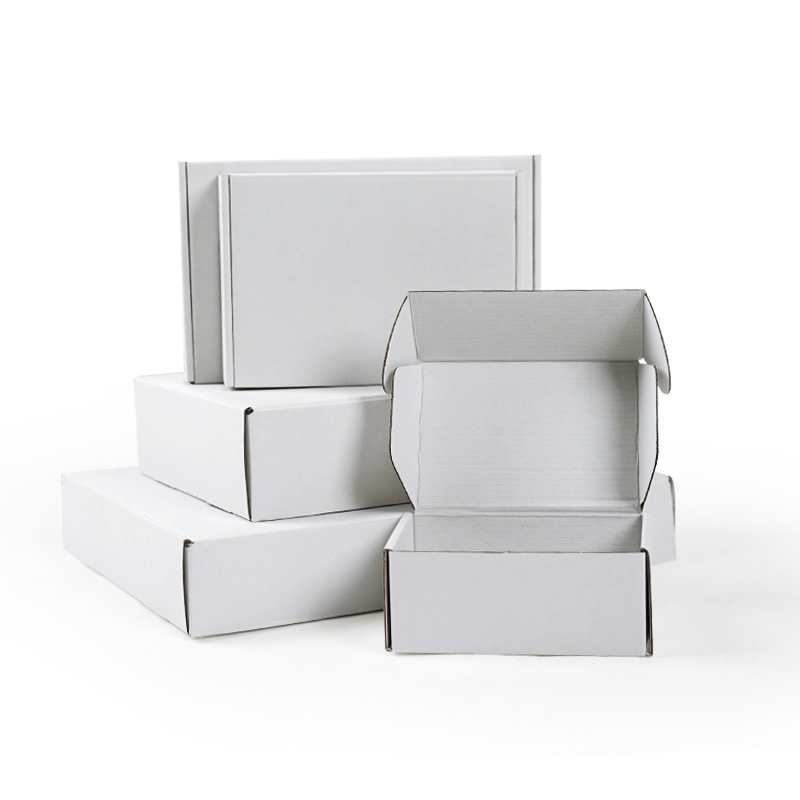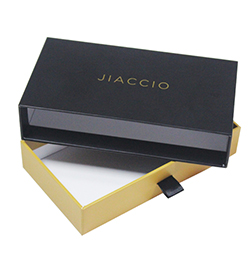Contact Us

Contact Us


Guangzhou Huaisheng Packaging Co.,Ltd.
We provide customers with quality products and provide high-quality services.
If you would like to leave us a comment please go to contact us
+86-18122240089

In today's competitive B2B market, a paper packaging box factory is more than just a manufacturing unit—it’s a strategic partner in a brand’s success. From sustainability to design innovation, there are multiple factors that cannot be overlooked by any factory aiming to serve global clients efficiently.
Let’s explore the critical elements that should never be ignored by a paper packaging box manufacturer, especially one catering to custom and bulk orders.
Quality assurance is the backbone of a reputable paper packaging box factory. Low-quality boxes can damage the product inside, harm brand reputation, and increase returns.
Use of durable materials (like corrugated paper, coated paper)
Consistency in die-cutting and printing
Implementation of ISO 9001 standards
📈 Chart: Common Defects Found in Packaging Boxes and Their Impact on B2B Relationships
| Defect Type | Frequency (%) | Impact Level |
|---|---|---|
| Misaligned printing | 30% | High |
| Weak corners | 25% | Medium |
| Color fading | 20% | Medium |
| Uneven cuts | 15% | Low |
| Others | 10% | Variable |
Today’s B2B clients demand custom paper boxes tailored to their product and branding. Whether it’s hot stamping, spot UV, or book-shaped box design, ignoring customization can cost big clients.
Flexible MOQ for startups
In-house design support
Variety of box styles (e.g., magnetic closure, drawer-style, rigid boxes

Sustainability is no longer optional—it's a purchasing decision factor. A factory must implement eco-friendly practices and materials, such as FSC-certified paper or soy-based ink.
Use recyclable and biodegradable paper
Minimize plastic components
Offer carbon footprint transparency
Partner with eco-certification bodies
Quick turnaround is essential for seasonal orders like Valentine’s Day boxes or holiday calendars. Delays lead to financial losses and client dissatisfaction.
Maintain buffer stock of raw materials
Schedule according to peak and off-peak seasons
Use automated die-cutting and gluing machines
Outdated printing tech can lead to pixelated logos or mismatched brand colors. Investing in advanced printing machines like Heidelberg or offset printers ensures precision.
Hot foil stamping
Embossing & debossing
Matte/Gloss lamination
Clear, proactive communication builds long-term trust. Assigning dedicated account managers and using CRM tools (e.g., Salesforce) helps track orders, resolve issues, and follow up professionally.

A globally competitive packaging box factory in China must be compliant with:
ISO 14001 for environmental management
SEDEX or BSCI for social compliance
Export certifications (e.g., SGS, RoHS)
Without compromising on quality, factories must offer competitive rates for bulk custom orders to retain large B2B clients. Transparent pricing and tiered discounts are key.
The packaging industry is evolving rapidly. A forward-thinking factory should allocate budget and talent to new material research, structural innovations, and market trend analysis.
Ensure partnerships with reliable logistics providers like FedEx, DHL, or sea freight operators. A seamless export process enhances your credibility in international trade.
A successful paper packaging box factory must go beyond just producing boxes—it must integrate quality, customization, sustainability, innovation, and communication into every step of the process.
Ignoring these pillars can lead to lost clients and a damaged reputation, while addressing them builds a long-term competitive advantage in the global B2B marketplace.
